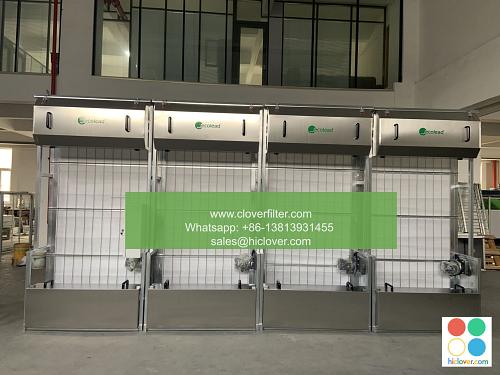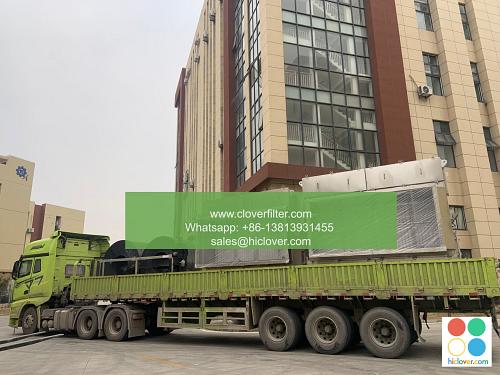Top 5 Technical Terms You Should Know About Air Filters

Top 5 Technical Terms You Should Know About Air Filters
When it comes to air filters, there are several technical terms that are commonly thrown around, but it can be overwhelming to a non-expert. As an introduction, here are the top 5 technical terms you should know about air filters, including their key applications and benefits.
1. MERV (Minimum Efficiency Reporting Value)
What is MERV?
MERV is a standardized method of rating air filters based on their ability to capture particles of a certain size. The higher the MERV rating, the better the filter is at capturing smaller particles.
Key Applications:
- Residential homes
- Commercial buildings
- Industrial facilities
- Improved indoor air quality
- Reduced airborne allergens and irritants
- Increased filter lifespan
- Allergies and asthma sufferers
- Pet owners
- Industrial processes that require high-purity air
- Extremely effective at capturing small particles
*Reusable and durable - Low maintenance
- Gas masks and respirators
- Air and water purification systems
- Refrigeration and HVAC systems
- Effective at capturing gases and odors
- Long-lasting and durable
- Can be used in a variety of applications
- Residential and commercial HVAC systems
- Industrial processes that require air filtration
- Laboratory settings
- Higher airflow and efficiency
- Longer filter life
- Can capture a wide range of particles
- Applications requiring extreme particle removal (e.g. pharmaceuticals, biotechnology)
- High-precision manufacturing processes
- Research and development facilities
- Extremely effective at capturing small particles
- High airflow rates
- Low pressure drop
Benefits:
2. HEPA (High Efficiency Particulate Air) Filter
What is HEPA?
HEPA filters use a filter made of thin fibers to capture 99.97% of particles as small as 0.3 microns, including dust, pollen, and pet dander.
Key Applications:
Benefits:
3. Activated Carbon
What is Activated Carbon?
Activated carbon is a form of carbon that has been treated to increase its surface area and adsorption capacity, making it effective at capturing gases, odors, and volatile organic compounds (VOCs).
Key Applications:
Benefits:
4. Pleated Filter
What is a Pleated Filter?
Pleated filters use a series of pleats or folds in the filter media to increase its surface area and capture more particles.
Key Applications:
Benefits:
5. Nano Fiber Filter
What is a Nano Fiber Filter?
Nano fiber filters use extremely fine fibers to capture even smaller particles than traditional HEPA filters.
Key Applications:
Benefits:
By understanding these top 5 technical terms, you’ll be better equipped to navigate the world of air filters and make informed decisions about your air filtration needs. Whether you’re a homeowner, business owner, or manufacturer, knowing these terms will help you achieve better indoor air quality and improved performance in your air filtration systems.
I’m excited! Please go ahead and give me a prompt, and I’ll do my best to respond accordingly.


